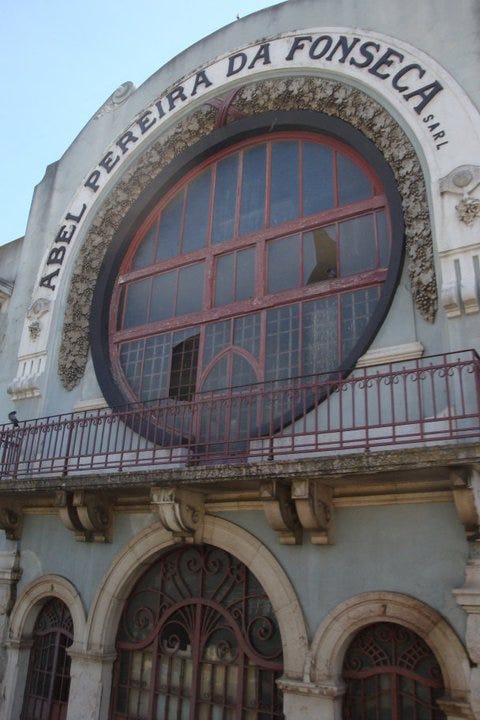
Arts and Crafts
Toward the back end of the 1800s many of the artists and architects grew tired of Revivalism. The stagnation of innovation in the fields of art and architecture lead to a series of responses, one of which is the Arts and Crafts movement. Starting roughly in the 1850s, really picking up steam in the 1880s, and continuing until a little after the turn of the century. As a direct response to the the automating of art and building product manufacturing, a return to artisans making art and architecture cropped up. Never underestimate human nostalgia’s ability to make the simplest tasks much harder (I did buy a 900 year old welsh sourdough starter after all). It is hard to deny, however, that the extra effort put into design and construction did yield a better result. Arts and Crafts buildings aren’t exactly the most beautiful or impressive buildings I have ever seen, but it is the building block on which most modern architecture is developed (kind of like my baking building on the 900 year old welsh sourdough starter I bought. yay metaphors!). The particular architectural designs don’t share an exact aesthetic, but their was a focus on nature in the details of the buildings. William Morris often designed printed textiles that depict flowing and spiraling clusters of nature reminiscent of eddies spinning in a calm river.
Arts and Crafts was a style developed and implemented mostly in England. Some architects to look at if you want to know more:
William Morris
Charles Rennie Mackintosh
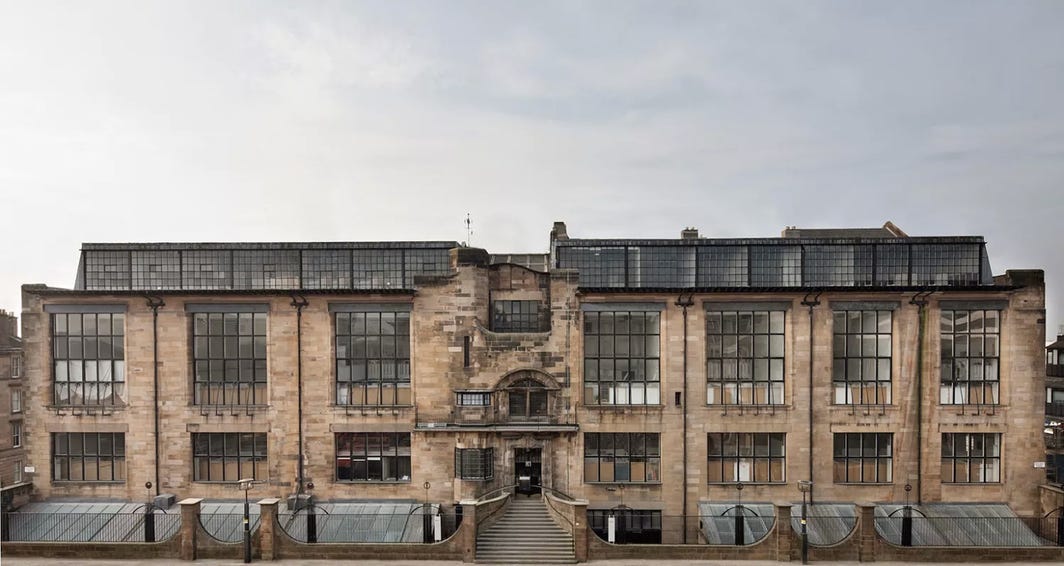
Disclaimer: I have not personally experienced any buildings by either architect. Even though I am a person that believes buildings ought to be experienced before giving critiques of them, the movement is important to History and needs to be discussed to understand movements that are built from it.
Art Nouveau
Admittedly, it is embarrassing that I have been to Brussels and Paris and the only picture I have of an Art Nouveau building is a Portuguese building I photographed from a bus in Lisboa on the way to a non-Art Nouveau building by a little known Portuguese architect Joaquim Manuel Norte Junior (not even knowing his name at the time). Anyway, the movement really only takes place for roughly a decade starting in the 1890s.
The style effectively embraces elements of the elegant nature depicted in William Morris’ textiles and architectural details. More organic and extravagant than the Art’s and Crafts movement, Art Nouveau implemented long graceful curves and pure earth tone color palette into not only architectural design, but art, furniture design, and typography as well. Railings would terminate in sculpted curled leaves. Facades would be covered in twisting branches. Chairs would taper in and out like it could breath. Typefaces would include weird nubs.
What I consider the Art Nouveau architectural movement mostly takes place in Belgium and France with a small amount popping up all over Europe and even some in Russia. Although some might included the Secession Movement in Austria, and the Modern Style in England (of which Mackintosh from the Arts and Crafts movement is also a part), I believe that these styles are distinctly different. That said, I wouldn’t correct someone at a party if they were to make the claim (or maybe I would, why don’t you try it and see if I don’t start a 2 hour argument on why I think it’s not included?). I don’t think there are any architects that individually define the aesthetic as much as there are buildings, art, and designs that define the aesthetic. The following are probably the most famous works:
Hotel Tassel by Victor Horta
Art Nouveau Metro Stops in Paris by Hector Guimard

Theater Posters by Alphonse Mucha
Art Nouveau is still widely loved today as a unique and rare style of architecture. I think it is more important to pop culture than other styles of the same era, but I would make the argument that it was much less important to the world of architecture. I believe it’s influence mostly stopped by 1910, where as the Secession and the Modern Style taking place just slightly after Art Nouveau had a much greater effect on the architecture movements to come. The most important aspects to take away from these two movements are that they are direct reactions to industrialization and stagnation of art and design. Revivalism is out.
(this article reminds me, I have to feed my starter)
“Architectural Movements of Yesteryear” is a series that explores the history of architectural movements preceding, including, and following the Modern Architectural Movement. My background for these posts will draw from my time in Architecture School (mostly Architecture History III at Kent State) and books/articles I have read since. I both attended the class as a student and as a teaching assistant for Architecture History III. Neither of these experiences make me an expert on any of these topics, but I do believe that it gives me enough information to create a blog post for public consumption and general understanding of these styles.




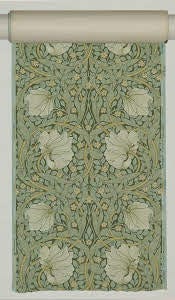
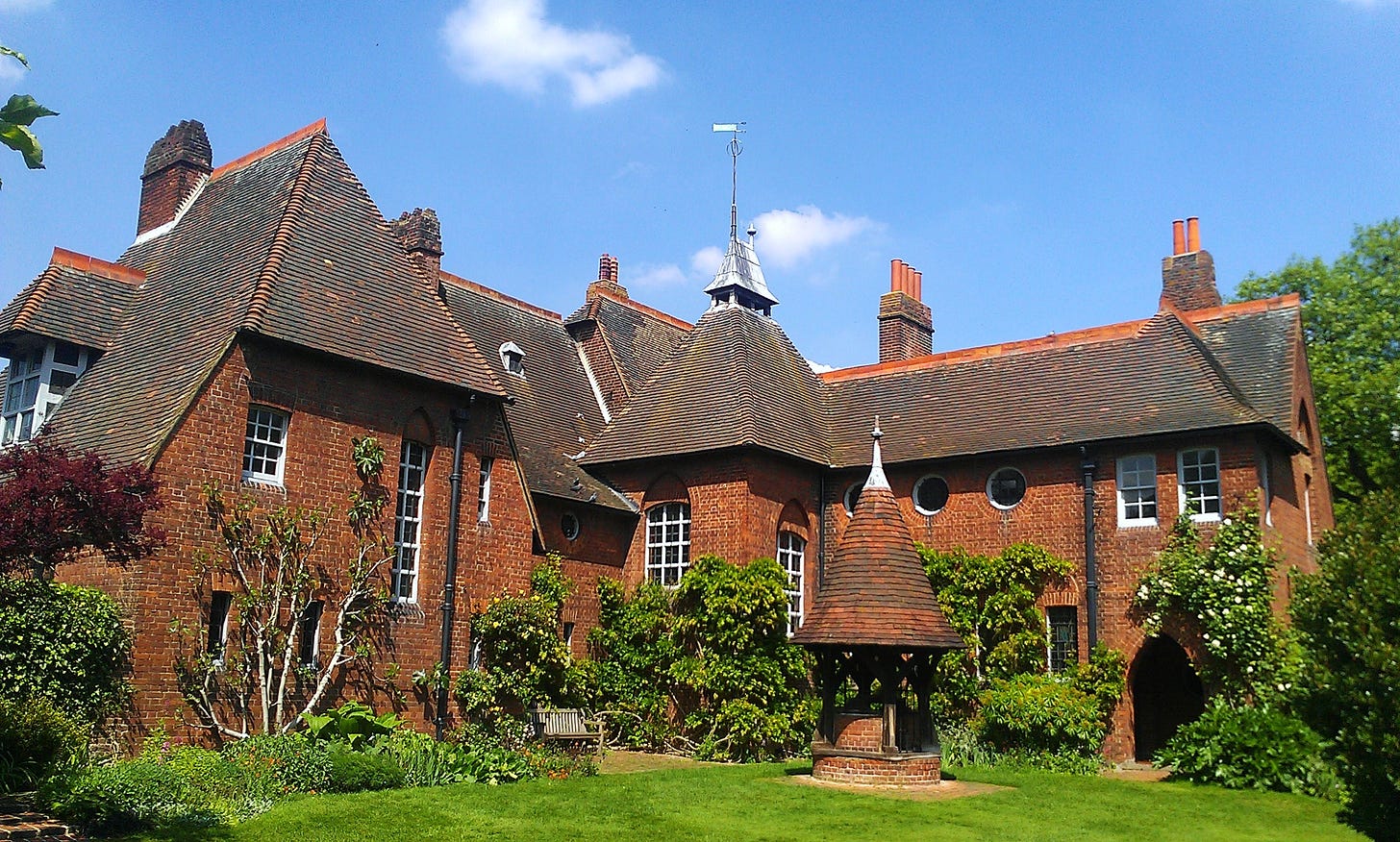
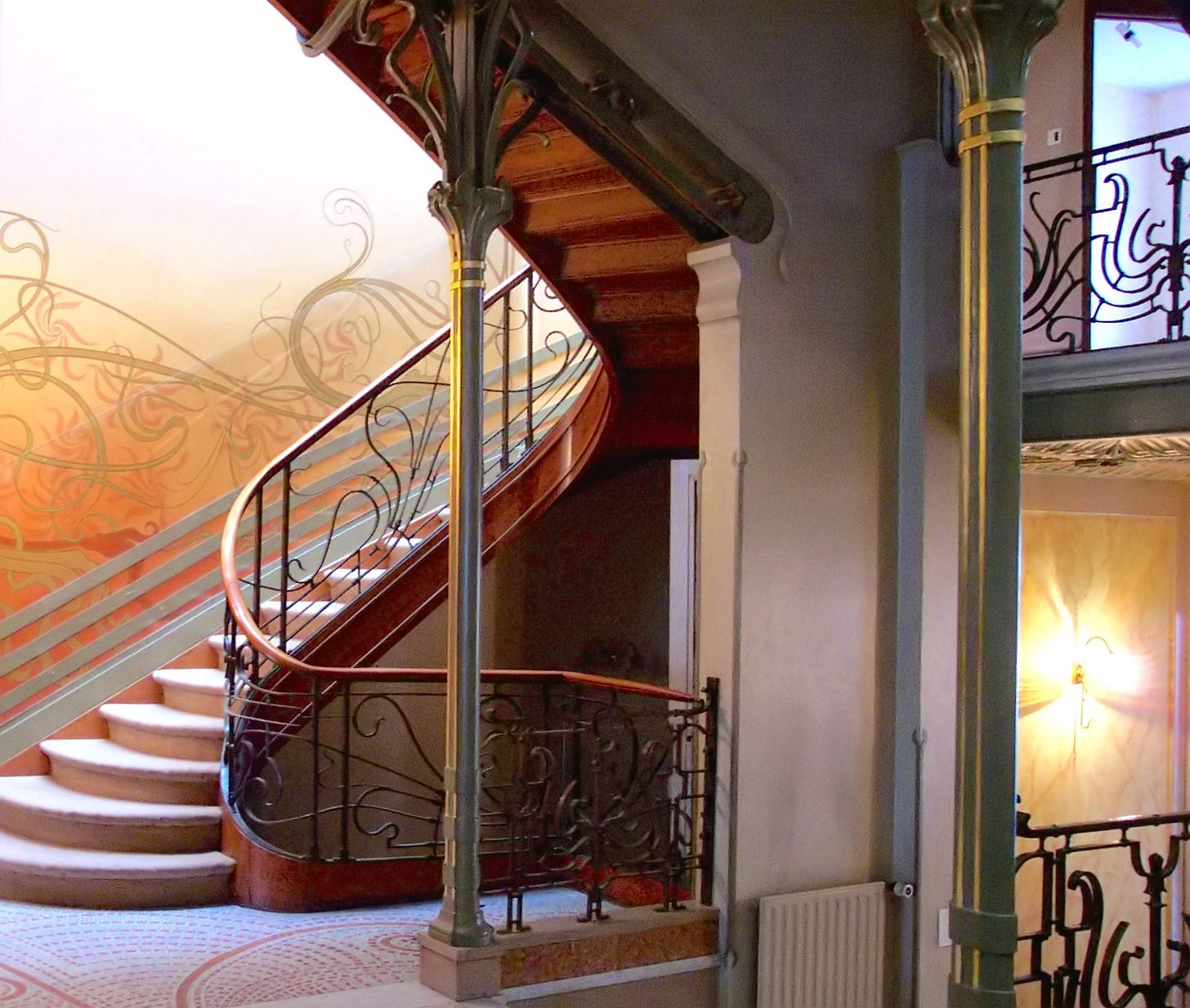

![Victor Horta, my favorite architect: Hotel Tassel, Brussels [building] : architecture Victor Horta, my favorite architect: Hotel Tassel, Brussels [building] : architecture](https://substackcdn.com/image/fetch/$s_!9vF1!,w_1456,c_limit,f_auto,q_auto:good,fl_progressive:steep/https%3A%2F%2Fbucketeer-e05bbc84-baa3-437e-9518-adb32be77984.s3.amazonaws.com%2Fpublic%2Fimages%2F7e2356b4-4069-4ff6-a3c0-05fb042008dd_500x652.jpeg)

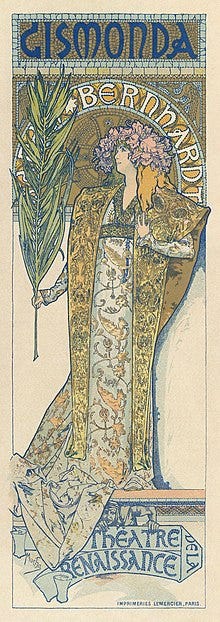
Crazy.